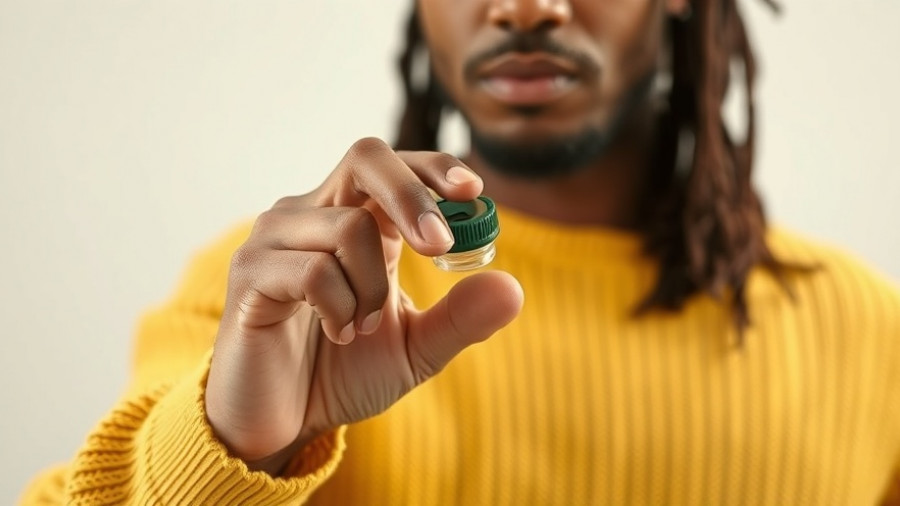
The Invisible Danger: Microplastics in Our Lives
Microplastics have become a newfound health concern. These tiny plastic particles, often invisible to the naked eye, have been found in various foods, drinks, and even in our air. Recent studies indicate a concerning relationship between microplastics and chronic health issues, especially in older adults who might already be facing health challenges. As we get older, our bodies may become less adept at filtering out harmful substances, making it all the more important to understand how microplastics can impact our well-being.
Understanding Microplastics
Microplastics originate from larger plastic items breaking down over time, and they can be found in everything from bottled water to food packaging. They’ve been linked with several health issues, such as cardiovascular disease and even some forms of cancer. In the digestive tract, microplastics can alter gut microbiota, potentially leading to gastrointestinal diseases and inflammatory responses.
5 Practical Tips to Reduce Microplastics in Your Daily Life
While it’s nearly impossible to entirely avoid microplastics, there are actionable steps we can take to minimize our exposure.
Tip 1: Choose Tap Water Over Bottled Water
Research has shown that bottled water can contain higher microplastic concentrations than tap water. Consider investing in a quality water filter certified to reduce microplastics. This simple switch not only benefits your health but is also an environmentally conscious decision that reduces plastic waste.
Tip 2: Minimize Plastic Food Storage
Storing food in plastic containers can lead to leaching of microplastics, especially when heated. Opt for glass or stainless steel containers for cooking and storage. These alternatives are not only healthier but are also more sustainable choices for the environment.
Tip 3: Avoid Heating Plastics
Heating food in plastic containers can release harmful microplastics into your meals. Steer clear of using plastic containers in the microwave, and use glass or ceramic options instead. This practice aligns with efforts to ensure a cleaner, safer meal.
Tip 4: Limit Single-Use Plastics
Each time we use single-use plastics, we contribute to environmental pollution and introduce more microplastics into our lives. Consider bringing reusable shopping bags, cutlery, and containers when dining out or shopping. Each substitution counts toward a healthier lifestyle.
Tip 5: Opt for Natural Beauty Products
Many beauty products include microplastics, particularly those containing synthetic fragrances. By choosing fragrance-free and natural beauty items, you not only protect your skin but also reduce your exposure to harmful microplastics.
Future Implications and Health Awareness
As research continues to unveil the health implications of microplastics, it’s vital for older adults and everyone in our communities to be aware of how these tiny particles can invade our bodies. Staying informed empowers you to act and encourages others to make similar changes.
Encouraging a Plastic-Free Future
Knowing the sources of microplastics and how they affect health can lead to proactive decision-making. With ongoing public awareness, there's a chance to advocate for better regulations regarding plastic use and waste management. One individual’s effort can inspire collective change toward a more sustainable and healthier way of living.
Would you like to take further steps toward a sustainable lifestyle? Consider advocating for policies that limit plastic use in your community or sharing these insights with friends and family for broader awareness!
 Rij toevoegen
Rij toevoegen






Write A Comment